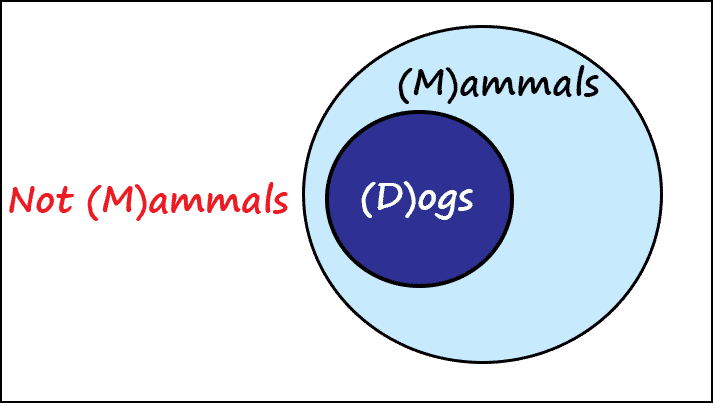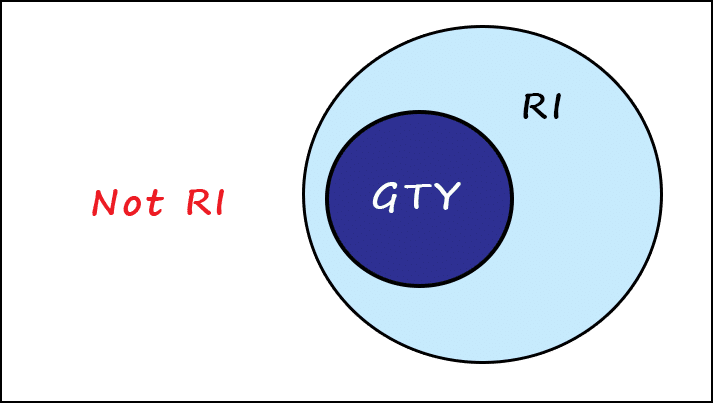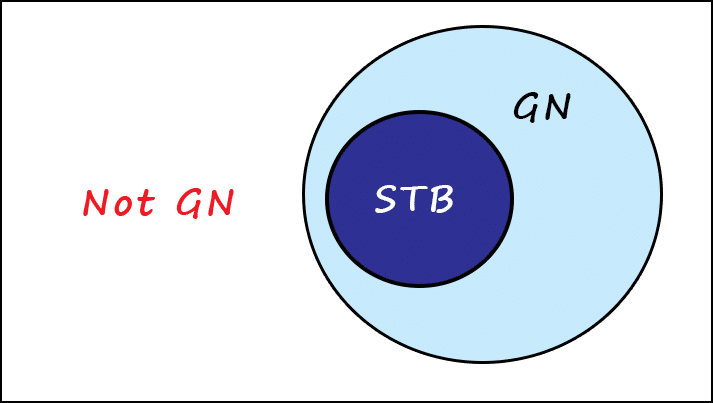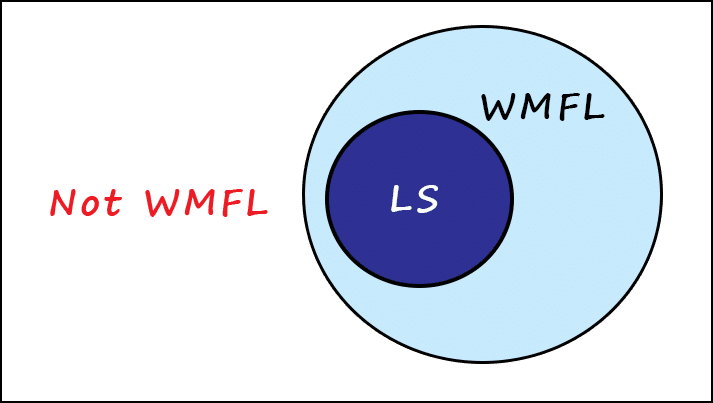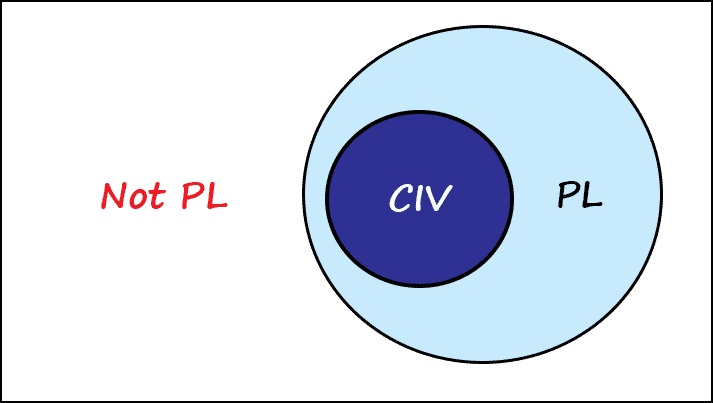Composite sentences of the form “If P, then Q” are called conditionals. The clauses P and Q are sentences that can be true or false. For example:
If James competes, then Marco goes to the race as his coach.
In this case, P is “James competes”, and Q is ” Marco goes to the race as James’ coach”.
It is convenient to represent conditionals using symbols. The usual symbol for conditional is the arrow. The translation of “If P, then Q” into symbols is:
P → Q
In your LSAT test you will have lots of conditionals, but they will rarely be expressed in their explicit form “If P, then Q”. There are many other ways conditionals can be presented, and you need to be able to recognize them. For example, the following are equivalent to “If P, then Q”:
- If P, Q
- Q, if P
- Q, given P
- Q unless not-P
- P, only if Q
and there are many more, as you will see on this page. We will learn to recognize the conditional
statement hidden in a sentence that does not have an explicit conditional form. We will then learn
how to put it into symbols.
There is a connection between conditionals and conditions. Assuming that P → Q is true, then P is sufficient for Q, and Q is necessary for P.
By claiming a conditional P → Q, we claim that
P is sufficient for Q
Q is necessary for P
(informally) sufficient → necessary
On this page we will learn how to recognize and symbolize conditionals expressed by sentences that do not have an explicit conditional form. To do that, we will first learn how to recognize the two clauses that form the conditional, and then to recognize which one is sufficient for the other, or which one is necessary for the other. To do the latter, we will learn about (what we will call) sufficiency indicators and necessity indicators. These indicators are words that stand next to a close, and indicate what kind of condition the clause is. In the explicit form “If P, then Q”, the word “if” stands next to P, indicating that P is a sufficient condition for Q. The word “if” is therefore a sufficiency indicator. We will consider more words and learn what kind of indicators they are, for example:
- only if
- since
- given
- unless
- in order
We will also learn how to recognize conditionals inside quantified sentences. Quantifiers are words like:
- All
- Any
- Each
- Every
- Whenever
- Whoever
- Whatever
Now, we are going to delve into the specifics of how to identify necessary and sufficient conditions and diagram conditional statements on the LSAT.
LSAT Sufficient Indicators: these are keywords that indicate a sufficient condition.
Sufficient indicator phrases like if… then or when are straightforward to diagram. They use the basic structure:
sufficient indicator [sufficient] → [necessary]









